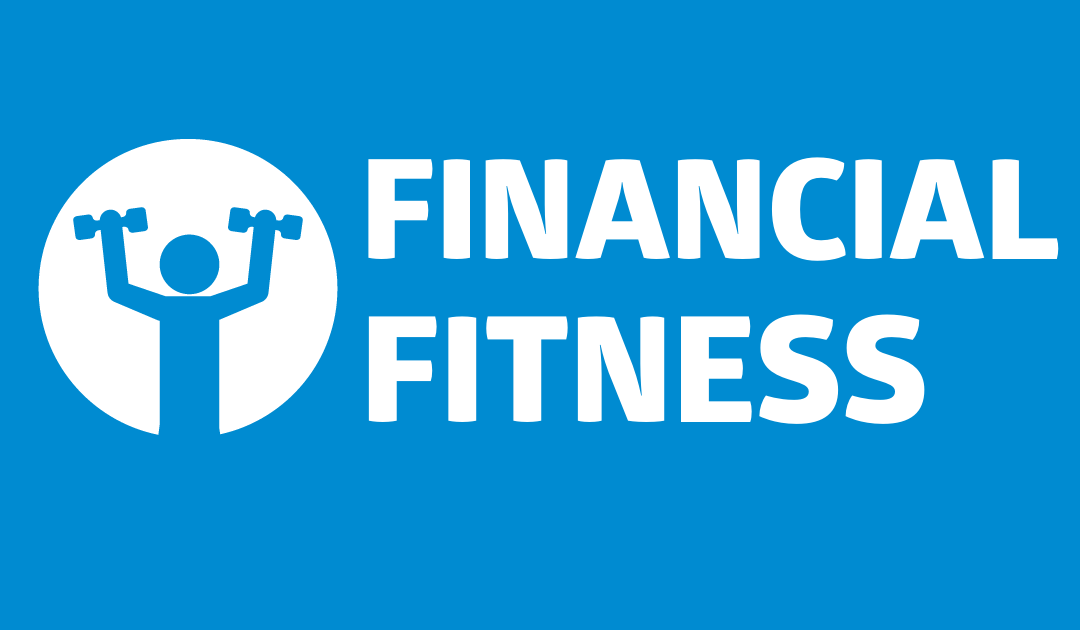By Charlestien Harris
The days of using cash, checks or coins to pay for purchases are disappearing rapidly. Most consumers have converted to using a debit card as a preferred method of payment. Two of the most common reasons for this transition are time and convenience. People no longer have to worry about finding a bank or ATM to get cash or writing a check or balancing their checkbook. Some people even prefer debit cards to credit cards because it keeps them from having to remember to pay a bill at a later date.
Debit card accounts have many advantages for both consumers and businesses. Electronic fund transfer (ETF) deposits are quicker and safer than using paper such as mailing or printing a check. Because of this, prepaid debit cards are even used by government agencies such as the Social Security Administration and the Internal Revenue Service to get monthly or one-time payments to recipients and beneficiaries.
When you make a purchase with a debit card, you will often have the choice to choose a “debit” or “credit” transaction. This determines how much payment processors charge, how long it takes for money to move, and other things that impact both retailers and customers. When a debit card is used, typically a PIN (Personal Identification Number) is required and then money is automatically subtracted from a user’s bank account. It can also be processed within a couple of days with a signature on a receipt.
There are some fees that are associated with using debit cards. You should read your debit card terms carefully to understand your fee guidelines and requirements so you won’t get caught off guard with an unexpected fee you might incur. One fee that is most often incurred by the card user is the overdraft fee. The overdraft fee is a fee charged when you make a transaction that exceeds your checking account’s available balance. Another fee that can be associated with a debit card is an account maintenance fee. This fee is usually charged if you use the card more than the maximum usage allowed or if you don’t maintain a certain minimum monthly balance.
During the pandemic, fraudulent attempts to gain access to your funds are on the rise. Here are a few tips to protect your debit card as well as manage your debit card account.
- Know where your card is at all times and memorize your PIN. Never keep the printed number with the card.
- Keep your PIN a secret. Never share your number or let anyone see you key it in.
- Be careful about using your debit card account number over the phone or on the internet unless it is a trusted source or secured site.
- Don’t use an ATM (Automatic Teller Machine) if it looks suspicious or tampered with.
- Keep a record of your account numbers and telephone numbers in a safe place separate from your cards to be ready to report a loss quickly.
- Always know how much money you have available in your account. Use mobile banking to check your balance or call your bank. Most banks offer a telephone number to make inquiries about your account including account balances.
- Record each transaction immediately and subtract it from your account balance. If you are a tech savvy consumer there are several apps that can perform that task or provide you with that information. Each month when your account statement arrives or you receive it online, compare every transaction listed on the statement with your personal records to make sure they match.
- Check your account balance and transactions regularly to ensure that no fraudulent activity has taken place.
- Beware of transaction fees, when they will be charged and where you use the card. If you use the card at your bank’ s ATM there is usually no charge, but if you use your card at another financial institution’s ATM then there is a fee.
- Be sure to report any unauthorized transactions immediately and be prepared to close that account to prevent the loss of all your funds or additional fraudulent activity.
If you report a debit card missing before it is used without permission, you are not responsible for any unauthorized transfers. If you report the loss within two business days after you realize the card is missing, you will not be responsible for more than $50. But if you don’t report the loss, you could lose up to $500. Your loss could be unlimited if you fail to report an unauthorized transfer within 60 days after a statement shows that the payment has been sent. Just remember that although your loss may be limited by law when fraud occurs, the money has already been subtracted out of your account, and it may take quite a while for the issue to be resolved and money to be returned.
Be sure to keep the bank informed of all changes in your contact information. You should also notify the bank when traveling out of state. The bank can place a travel alert on your card to prevent your card from being blocked for suspicious or fraudulent transactions. It is in your best interest to take precautions to protect yourself while carrying out financial transactions involving your debit card. Protecting your hard earned money by learning how to use a debit card safely can have a huge impact on your personal finances and it could also save a lot of time and headaches. Until next week, stay financially fit!

